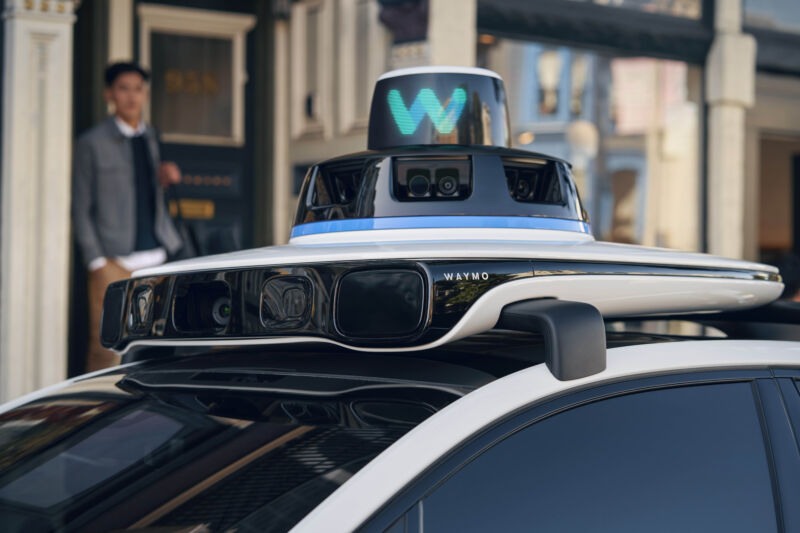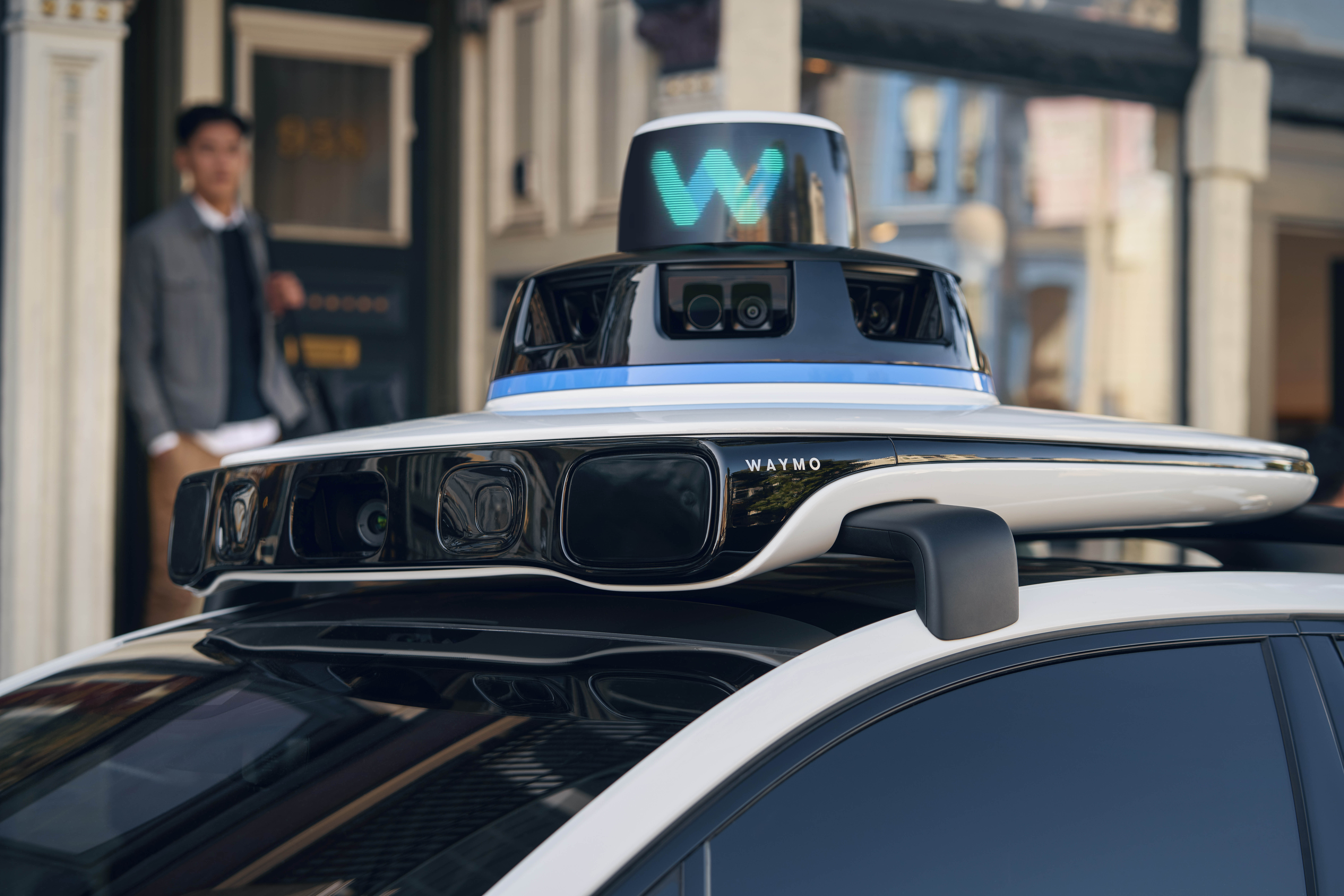
Waymo
Waymo on Wednesday launched new crash knowledge primarily based on the corporate’s first 7.1 million miles of absolutely driverless operations in Arizona and California. The info present that human-driven vehicles are greater than twice as more likely to get right into a crash that’s reported to the police. And relying on the way you do the mathematics, human-driven vehicles are 4 to seven occasions extra more likely to get into crashes that result in an harm.
Via October 2023, driverless Waymo automobiles have had solely three crashes with accidents—two within the Phoenix space and one in San Francisco. Waymo says all three accidents have been minor. If those self same miles had been pushed by typical human drivers in the identical cities, we’d have anticipated round 13 harm crashes.
The brand new knowledge comes at a vital time for the self-driving trade. In October, a lady was dragged about 20 ft beneath a automobile by Waymo’s major rival, Cruise. Since then, Cruise has misplaced its CEO, laid off 24 % of its workforce, and suspended driverless operations nationwide.
Cruise’s implosion has left Waymo because the undisputed chief within the driverless taxi market. Nevertheless it has additionally heightened public skepticism about self-driving expertise generally. So Waymo goes to need to work onerous to persuade the general public that its expertise not solely has the potential to make the roads safer sooner or later, however is already doing so now.
The brand new knowledge supplies Waymo recent ammunition to make that case. If Waymo can preserve its glorious security report within the coming months and years, it would have a robust argument for continued enlargement no matter what occurs in the remainder of the trade.
7 million miles, 3 accidents
Since their inception, Waymo automobiles have pushed 5.3 million driverless miles in Phoenix, 1.8 million driverless miles in San Francisco, and some thousand driverless miles in Los Angeles via the tip of October 2023. And through all these miles, there have been three crashes severe sufficient to trigger accidents:
- In July, a Waymo in Tempe, Arizona, braked to keep away from hitting a downed department, resulting in a three-car pileup. A Waymo passenger was not sporting a seatbelt (they have been sitting on the buckled seatbelt as an alternative) and sustained accidents that Waymo described as minor.
- In August, a Waymo at an intersection “started to proceed ahead” however then “slowed to a cease” and was hit from behind by an SUV. The SUV left the scene with out exchanging data, and a Waymo passenger reported minor accidents.
- In October, a Waymo automobile in Chandler, Arizona, was touring within the left lane when it detected one other automobile approaching from behind at excessive pace. The Waymo tried to speed up to keep away from a collision however bought hit from behind. Once more, there was an harm, however Waymo described it as minor.
The 2 Arizona accidents over 5.3 million miles works out to 0.38 accidents per million automobile miles. One San Francisco harm over 1.75 million miles equals 0.57 accidents per million automobile miles. An necessary query is whether or not that’s roughly than you’d anticipate from a human-driven automobile.
After ensuring changes—together with the truth that driverless Waymo automobiles don’t journey on freeways—Waymo calculates that comparable human drivers reported 1.29 harm crashes per million miles in Phoenix and three.79 harm crashes per million miles in San Francisco. In different phrases, human drivers get into harm crashes thrice as typically as Waymo within the Phoenix space and 6 occasions as typically in San Francisco.
Waymo argues that these figures truly understate the hole as a result of human drivers do not report all crashes. Unbiased research have estimated that a couple of third of harm crashes go unreported. After adjusting for these and different reporting biases, Waymo estimates that human-driven automobiles truly get into 5 occasions as many harm crashes in Phoenix and 9 occasions as many in San Francisco.
To assist consider the research, I talked to David Zuby, the chief analysis officer on the Insurance coverage Institute for Freeway Security. The IIHS is a well-respected non-profit that’s funded by the insurance coverage trade, which has a robust curiosity in selling automotive security.
Whereas Zuby had some quibbles with some particulars of Waymo’s methodology, he was typically optimistic concerning the research. Zuby agrees with Waymo that human drivers underreport crashes relative to Waymo. Nevertheless it’s onerous to estimate this underreporting charge with any precision. In the end, Zuby believes that the true charge of crashes for human-driven automobiles lies someplace between Waymo’s adjusted and unadjusted figures.

